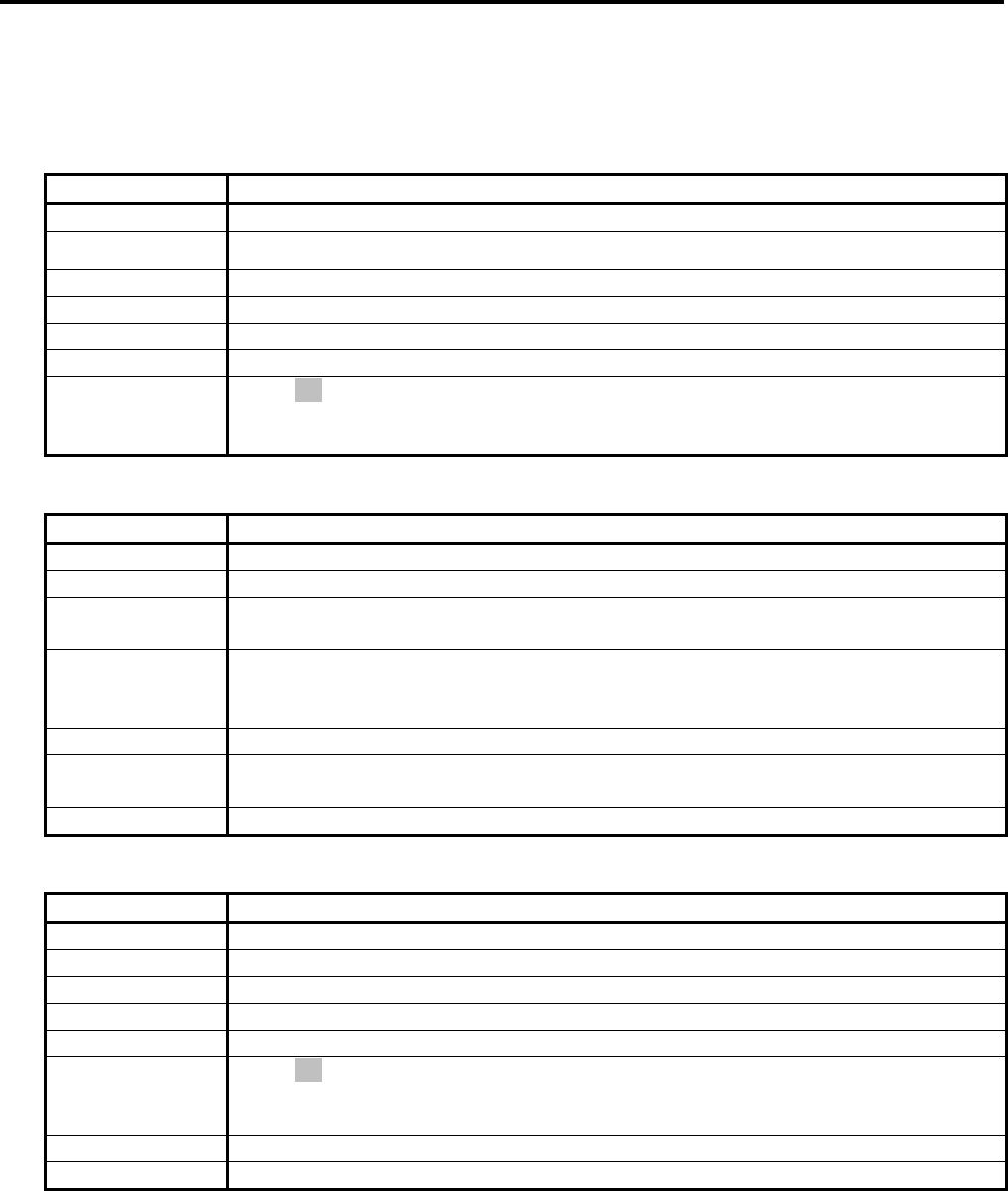Operation Manual
Table Of Contents
- Safety Summary
- OPERATOR’S GUIDE
- TO OUR CUSTOMERS
- ACCESSORIES
- APPEARANCE AND NOMENCLATURE
- MODE LOCK AND MODE SELECTOR KEYS
- DISPLAY
- OUTLINE OF PREPARATION PROCEDURE BEFORE
- CASHIER SIGNING OR CASHIER KEY OPERATIONS
- KEYBOARD LAYOUT
- FUNCTIONS OF EACH KEY
- DAILY OPERATION FLOW
- REGISTERING PROCEDURE AND PRINT FORMAT
- No-Sale
- Department Entry
- PLU Entry (Manual PLU Code Entry)
- PLU Price Shift Entry
- Repeat Entry
- Quantity Extension (Multiplication) for DEPTs/PLUs
- Single-Item Department or Single-Item PLU Entry
- Returned Merchandise
- Amount Discount
- Percent Discount, Percent Charge
- Store Coupon
- Vendor Coupon
- Item Correct
- Void
- All Void
- Non-Add Number Print
- Listing Capacity Open
- Tax Status Modification
- Subtotal (Sale Total Pre-taxed) Read
- VAT Calculation and Print (VAT = Value Added Tax)
- VAT Print
- Add-on Tax Calculation and Print
- Tax Exemption (for Add-on Tax Feature)
- VAT Exemption (for VAT Feature)
- Finalizing a Sale
- Multi-Tendering
- Split Tendering
- Cheque Cashing (No-sale cashing of a non-cash media)
- Special Rounding
- Denmark Rounding
- Sale Paid in Foreign Currencies
- No-Sale Exchange from Foreign Currency to Domestic Currency
- No-Sale Exchange from Domestic Currency to Foreign Currency
- Paid-Out
- Received-on-Account
- Salesperson Entry (Salesperson Sign-ON)
- Receipt-Issue/Non-Issue Selection
- Receipt Post-Issue
- Charge Posting: Previous Balance Manual Entry Type
- Journal Print (Thailand Specification)
- VAT Total Display
- Consignment Print
- Validation Print
- Remote Slip Printer (hardware option) Operation
- When a Power Failure Occurs...
- JOURNAL AND RECEIPT PAPER-END DETECTOR
- PRINTER HEAD OPEN DETECTOR
- REMOTE SLIP PRINTER MOTOR LOCK DETECTOR
- GENERAL MAINTENANCE
- SPECIFICATIONS
- MANAGER’S GUIDE
- OPERATIONS IN “MGR” MODE
- OPERATIONS IN “ - ” MODE
- READ (X) AND RESET (Z) REPORTS
- PROGRAMMING OPERATIONS
- Instructions for Programming
- Character Entries
- Condition Required for Programming Operations
- SET Mode Menu
- Time Setting or Adjustment
- Date Setting or Adjustment
- Commercial Message Programming
- Footer Message Programming
- Store Name Message Programming
- Cashier Name and Status Programming
- Department Name Programming
- Department Group Name Programming
- PLU Name Programming
- Salesperson Name Programming
- Department Table Programming
- PLU Table Programming
- Department Preset Price Setting or Changing
- PLU Preset Price Setting or Changing
- %+ and %- Preset Rate Setting
- Foreign Currency Exchange Rate Setting
- VERIFICATION OF PROGRAMMED DATA

4. PROGRAMMING OPERATIONS EO1-11154
4.1 Instructions for Programming
4- 5
4.1.2 Basic Key Functions
Programming operations in this chapter are performed with the keyboard layout for programming.
1. The following are main keys and their functions to be used in programming operations.
(1) Keys for selecting items on the menu screen
Key Function
[↑] This key is used for moving the cursor upward.
[↓] This key is used for moving the cursor downward.
[←] This key is used for moving the cursor leftward.
[→] This key is used for moving the cursor rightward.
[Enter] This key is used for selecting a desired item after moving the cursor.
[Rtn] This key is used for returning the display to the previous screen.
[?] While ? is shown on the upper-right corner of the LCD display screen, the [?] key
depression results in that a guidance message corresponding to the current operation
appears on the LCD display.
(2) Keys for character entries
Key Function
[→] This key is used for entering a one-byte space.
[C] This key is used for deleting all the entered characters together.
[Dbl] This key is used for switching character mode between “one-byte character” and “two-
byte character” alternately.
[A/a] This key is used for switching between “capital letter” and “small letter” alternately.
The key is effective when entering characters A to Z through the programming
keyboard or PK-2 keyboard (hardware option).
[Del] This key is used for deleting a character.
[#] In the character code entry method, entering a character code then depressing this
key results in that the corresponding character is entered.
[History] This key is used for performing character entries with the name previously entered.
(3) Keys for programming
Key Function
[←] This key is used for selecting a desired item.
[→] This key is used for selecting a desired item.
[C] This key is used for cancelling an operation just performed.
[Enter] This key is used for entering a desired item.
[Rtn] This key is used for returning the display to the previous screen.
[?] While ? is shown on the upper-right corner of the LCD display screen, the [?] key
depression results in that a guidance message corresponding to the current operation
appears on the LCD display.
[End] This key is used for ending the current programming operation.
[PLU] This key is used for the PLU programming.
2. Functions of the [C] key:
• When an entered program data is already printed, the [C] key cannot clear if any longer. To correct the
data, re-enter it.
• Before the entered data is printed, the data may be cleared by the [C] key (except in the SFKC
Programming Operation).










